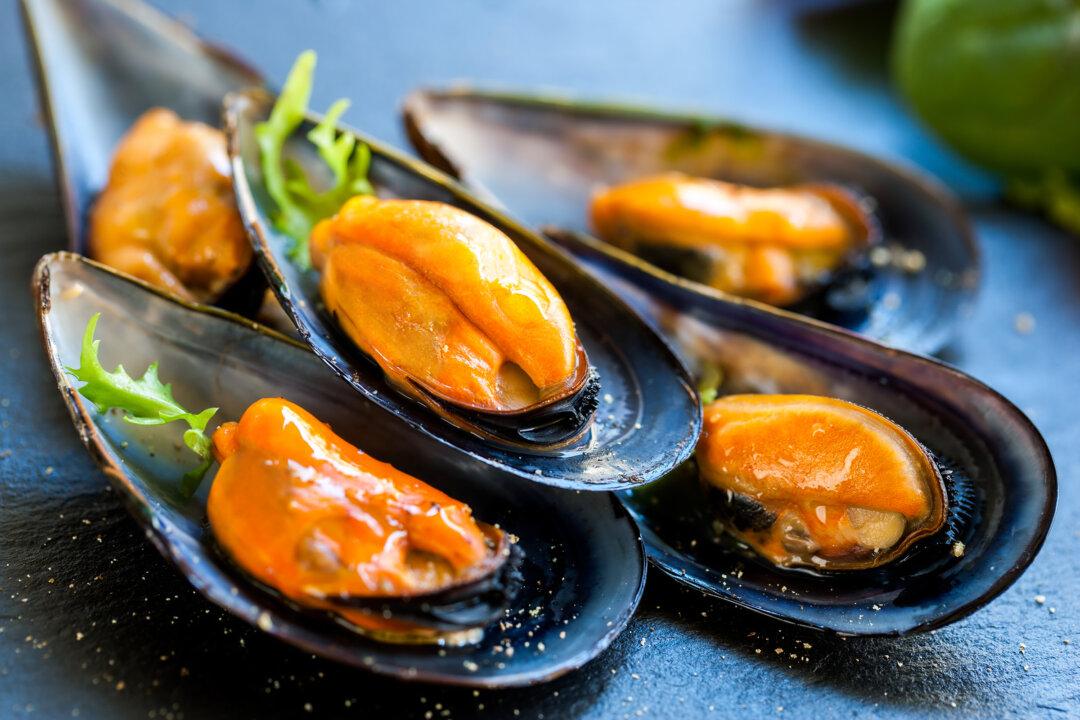Commentary
China kicked off the 2022 U.N. Climate Change Conference (COP27) on Nov. 6 in Sharm El Sheikh, Egypt, by calling on the world to provide aid to poorer nations. The idea of China, the world’s most notorious emitter, lecturing world leaders stinks of hypocrisy.
Alas, this is China we’re discussing, a country ruled by a tyrannical regime that excels in peddling the most outlandish of lies.
In recent years, many of these lies have involved climate-based initiatives and pledges to make the world a greener place. This brings us to the Chinese Communist Party’s (CCP) latest endeavor, a new “road” that’s ostensibly designed to make the world a cleaner, more eco-friendly place. Look underneath the hood, however, and you’ll find numerous issues, many of them deadly in nature.
For approximately 1,500 years, people traveled along China’s Silk Road. Spanning roughly 4,000 miles, the Silk Road, a network of trade routes that facilitated the exchange of ideas, goods, and even slaves between the East and West, reshaped humanity. Fast forward to 2022, and a new Silk Road is on the scene. Like its predecessor, Silk Road 2.0 has aspirations of reshaping humanity.
Earlier this year, the National Development and Reform Commission (NDRC), a ministerial-level department closely affiliated with the CCP, championed the idea of a Green Silk Road. In a statement, the NDRC outlined the many ways in which the construction of a new Silk Road would make the world an infinitely better place.
How so?
To understand this rationale, one has little option but to discuss China’s “Belt and Road Initiative” (BRI, also known as One Belt, One Road), an infrastructure development project that’s very much global in nature. According to the NDRC, the BRI “has yielded fruitful results” (not true) and has “had a far-reaching influence upon the world since its inception” (very true; the BRI now has 146 members). Now, the CCP believes that it’s time to add a green component to the BRI, hence the creation of this suspicious new “road.”
As the NDRC assures us, the CCP is “striving to make green a defining feature of Belt and Road” and to create “unprecedented historic opportunities for common development and shared prosperity” for participating members.

The Celukan Bawang 2 power plant in Singaraja, Indonesia, on Oct. 29, 2020. China’s plan to fund dozens of foreign coal plants from Zimbabwe to Indonesia is set to produce more emissions than those of major developed nations, threatening global efforts to fight climate change, environmentalists have warned. Sonny Tumbelaka/AFP via Getty Images
In truth, this new Silk Road has been a long time in the making. In May 2017, the CCP published “Guidance on Promoting Green Belt and Road,” a document outlining the country’s desire to foster “pragmatic and efficient eco-environment protection cooperation and exchange systems” within five years. In April 2019, CCP leader Xi Jinping declared China’s intention to launch numerous green infrastructure projects, make green investments, and “provide green financing to protect the Earth, which we all call home.”
One year on from these lofty promises, Xi announced that China would be completely carbon neutral by 2060. By the end of the decade, China hopes to have a more sustainable BRI in place.
Not surprisingly, the Green Silk Road looks likely to be much more than just an effort to reduce carbon emissions. The NDRC noted that the Green Silk Road will also focus on “development covering such aspects as policy dialogue, information support, alignment of standards, and technological exchanges.” In other words, the Green Silk Road, just like the BRI, will likely be a Trojan horse designed to push China’s broader goal of world domination.
To think otherwise requires a complete suspension of disbelief. The country of China is many things, but green isn’t one of them. Remember, China is the world’s biggest polluter. To put the country’s pollution in perspective, China now emits more carbon emissions than the United States, India, and its close ally Russia, combined. Expecting China to lead a more environmentally-conscious revolution is like expecting a dog to not bark or the Jets to make the playoffs. It’s absolutely nonsensical.

Chinese street vendors and customers gather at a local market outside a state-owned coal-fired power plant in Huainan, Anhui Province, China, on June 14, 2017. Kevin Frayer/Getty Images
As John Vidal, a renowned environmentalist, has discussed in great detail, a number of BRI projects already push “roads and rail freight lines through some of the world’s biologically richest places.” Vidal cited a World Wildlife Fund study that warned how the BRI “could impact many critical biodiversity spots, endangering 265 threatened species such as Amur tigers, oriental white storks, and giant pandas.”
Vidal, no fan of China’s BRI or its new green initiative, discussed the fact that “a major rail line running from China to Laos” resulted in “deforestation and the forced eviction of thousands of families.” Meanwhile, in Malaysia, road and rail projects “have plowed through fragile ecosystems.”
Biologist William Laurance, director of the Center for Tropical Environmental and Sustainability Science at James Cook University in Cairns, told Vidal that, no matter what lofty promise Xi may make, the “BRI will still have a major impact on ecosystems: China has said that it will be low carbon, green and sustainable, but it is anything but that.” New roads and bridges, he warned, will still destroy forests, and various transport routes will still harm biodiversity “on a grand scale.”
The CCP claims that “it will follow environmental guidelines, but history has shown these protections are nonexistent,” Laurance noted.
Ostensibly, the BRI involves the construction of various infrastructural projects. In truth, however, it’s a tool used to coerce foreign countries. Given the CCP’s history, one assumes that the Green Silk Road, an extension of the BRI, will bring nothing but innumerable lies, untold pain, and further acts of brutality. This elaborate, downright dangerous scam should be avoided by as many countries as possible.
Views expressed in this article are opinions of the author and do not necessarily reflect the views of The Epoch Times.





